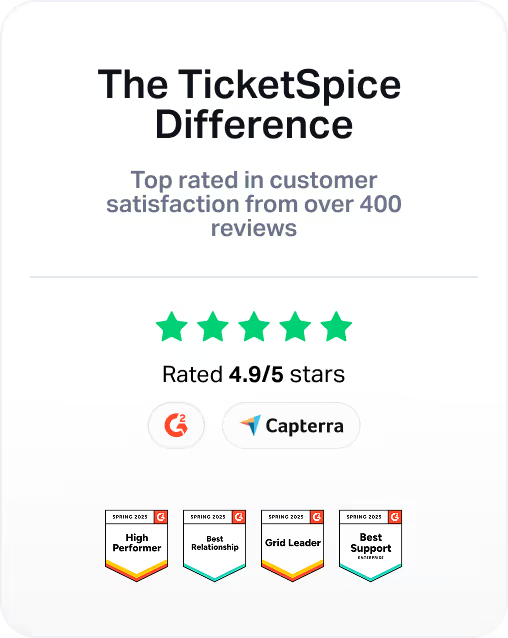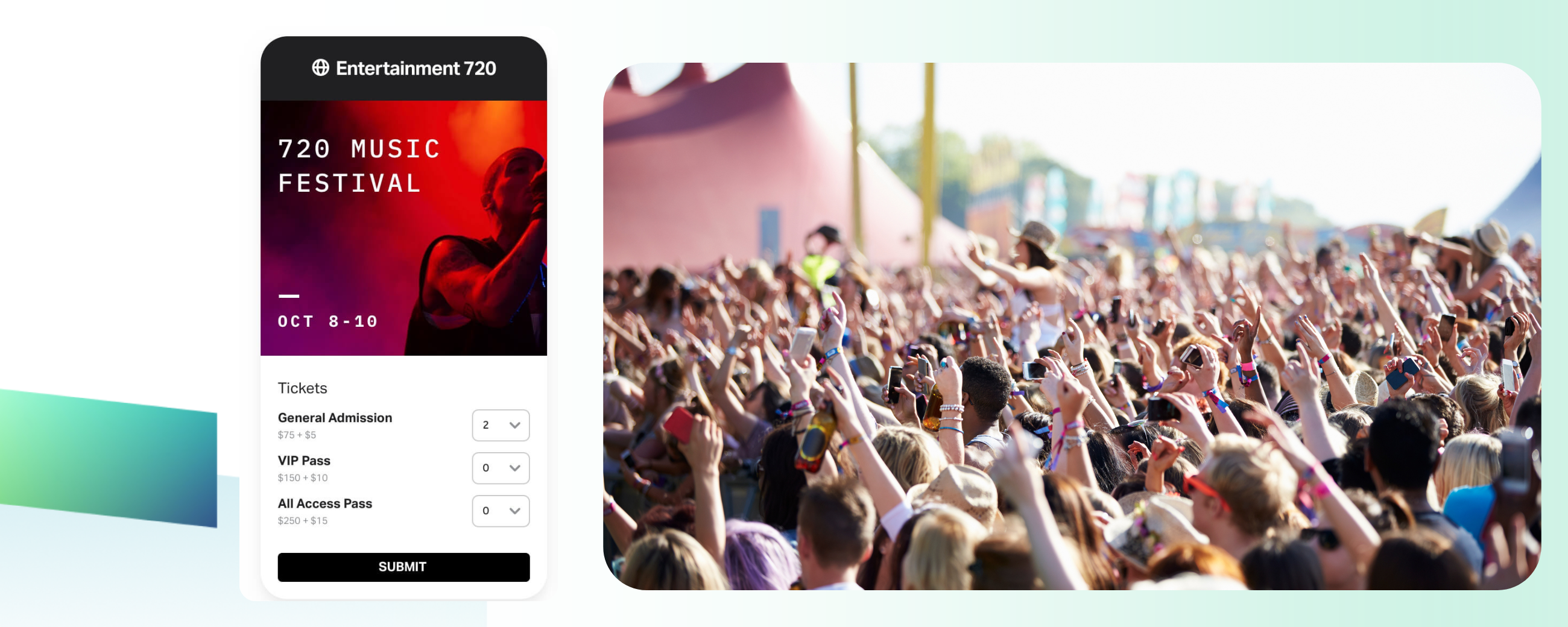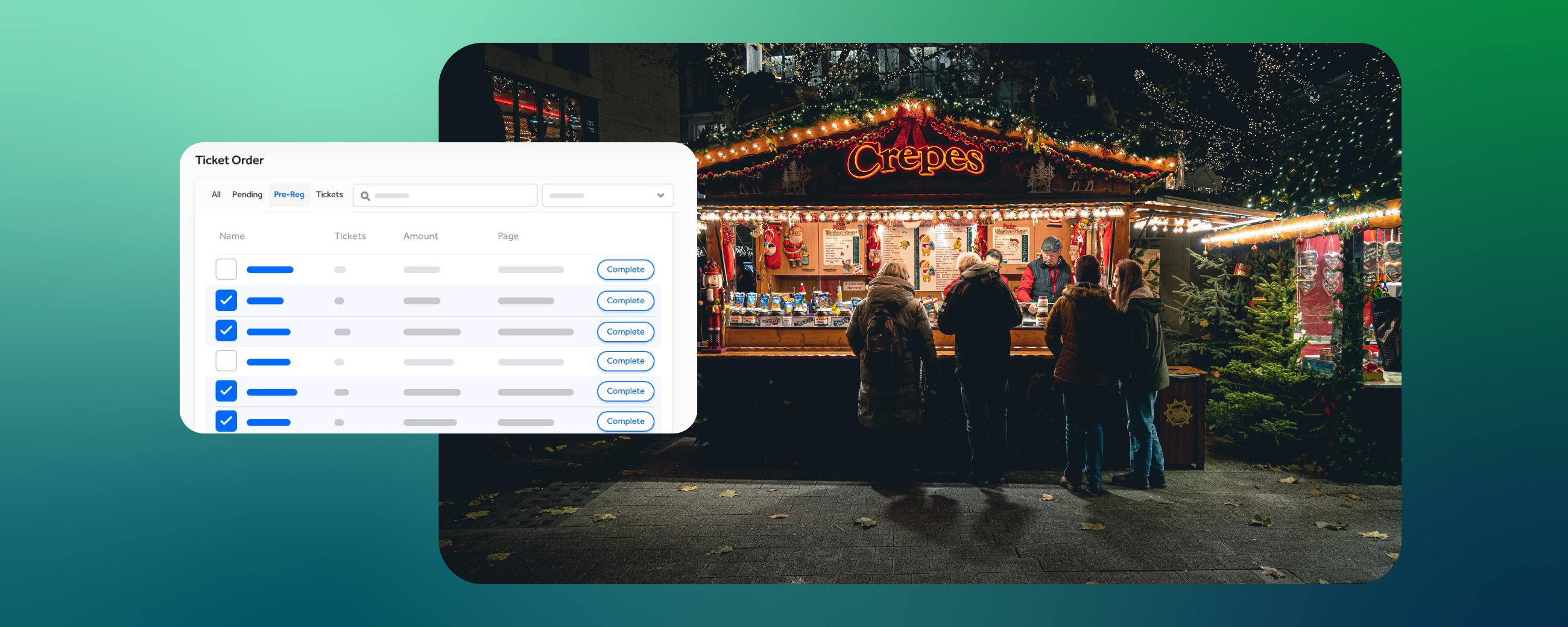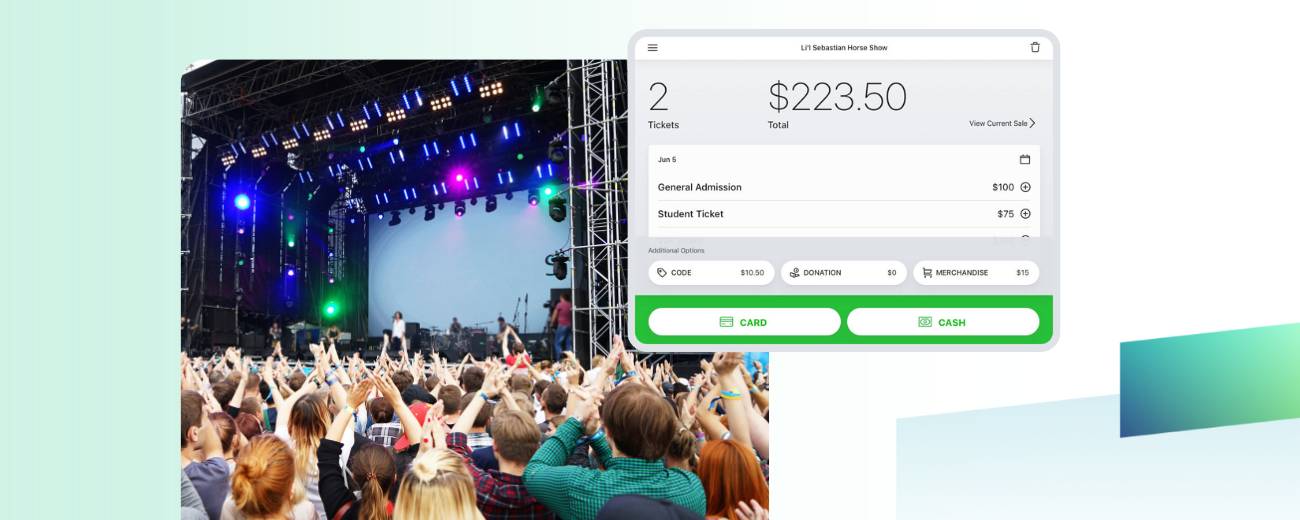The Ultimate Guide to Attracting and Securing Event Sponsors
Want to know the single fastest way to improve your event’s bottom line? We have two words for you: sponsorship revenue.
When done well, sponsorships benefit both the event organizer and the brand in a big way.
True experiential marketing is often challenging to pull off. Event sponsorship, however, allows brands to interact with customers in a non-threatening atmosphere.
When attendees are showered with sponsor-provided perks, giveaways, and merch, they feel extra valued and naturally attach a positive experience to your brand. In addition to improving the event experience, the sponsorship dollars you rake in will be 100% pure profit. Need we say more?
Now, if attracting and securing event sponsors seems like a locked vault mystery, we’re here to crack the code for you.
The secrets in this post—delivered to us straight from the experts—will help you grow your revenue and attract even bigger sponsors. Time to dive in!
Understand the Basics of Event Sponsorship
Event sponsorship is a dynamic and strategic partnership that fuels the success of events while simultaneously providing sponsors with valuable exposure and opportunities. At its core, event sponsorship involves a mutual exchange where organizations contribute resources—such as funding, products, or services—in return for brand visibility and access to the event's audience.
It’s a symbiotic relationship that enhances the attendee experience and amplifies the sponsor's brand presence. When your event goals are aligned with the sponsor’s objectives, the arrangement will be a win for all parties involved.
Assess Your Event’s Sponsorship Readiness
With a long sales cycle and a path peppered with “Nos,” securing sponsorships requires persistence and a thick skin. To get sponsors for your event, it’s essential that you first make sure your event is ready for sponsorship. How do you know whether you’re ready for a serious commitment?
Start by evaluating what’s happening in your market and scouting out other big events to see their sponsorship integration. Additionally, check out companies who are actively sponsoring similar events and investigate how they attract their sponsors.
Identifying and Understanding Your Audience
If you want to provide a top-notch event experience, attract the right sponsors, and maximize your marketing efforts, you have to understand your audience. As an event organizer, it’s important to research your market's demographics and psychographics, by zooming in on their values, opinions, interests, and lifestyle.
You can use surveys to gather this type of information, but the most successful event pros utilize 3rd party data sources to learn more about their customers and make better decisions. We recommend using our new-to-the-industry feature, Contact Insights, to gather details such as age, gender, household size, income, education, and interests. You can get more specific as you go, and leverage the data for your future events. The enrichment service is GDPR compliant, and your data stays private.
Highlighting Your Event Assets
Knowing your value proposition is a critical step to creating compelling sponsorships. Start by making two lists of everything sellable within your event.
First, make a list of general assets that you can include your sponsors on. For example, this might include a logo on your ticketing page, T-shirts, or market research.
What Can You Offer to Sponsors?
Next, list the specific segments and marketing opportunities you can sell to a sponsor. This could be a VIP parking area, or a branded banner at the fair entryway. If you brainstorm, you’ll likely find tons of opportunities within your event that sponsors are willing to purchase.
Creating Value for Sponsors
Your sponsorships must add value—not only to the sponsor but also to the participant’s experience. One way to accomplish this goal creatively is to consider what your attendees need and want during your event. If you’re organizing a summer concert in the desert, for example, offer the attendees discounted sunglasses from your preferred partner when they check out.
Designing Sponsorship Packages That Appeal
Attracting sponsors for an event requires creating value that resonates with their goals and objectives. Crafting sponsorship packages that appeal involves a deep understanding of what potential sponsors are looking for—whether it's brand visibility, direct engagement with attendees, or alignment with a cause. Start by identifying the unique selling points of your event and how they align with the sponsor's brand.
You might consider offering tiered sponsorship levels to cater to different budgets and provide customizable options based on your specific needs. Highlight benefits such as prominent logo placement, speaking opportunities, and exclusive access to VIP areas. Demonstrating how your event can enhance a sponsor's brand presence and connect them with their target audience will make your sponsorship packages compelling and attractive.
Developing an Impactful Sponsorship Proposal
Most event organizers have the same question about sponsorship: How do I get companies to sponsor my event?
If you want smashing sales success, sell the outcome's meaning rather than its features alone. A thoughtful and visually appealing deck will speak loudly about your event and your commitment to excellence. As you’re creating your sponsorship deck, include the following items from this checklist.
✔️ A summary of your value proposition.
✔️ High-quality photos.
✔️ A knowledgeable breakdown of your audience.
✔️The prices of each level. Use these initial prices as a benchmark, and then customize from there.
✔️ Your contact information.
You can also check out this blog for sample sponsorship proposals. Lastly, before you hit send, make sure your proposal is compelling, clear, and error-free.
Communicating with Potential Sponsors
The key to fantastic, long-term partnerships is clear communication. Don’t wait until someone is dissatisfied to clarify needs and expectations. Once you’ve developed a compelling sponsorship proposal, clearly outlining the benefits and ROI for the sponsor, utilize various communication channels, such as personalized emails, phone calls, and social media, to initiate and maintain contact. Highlight past successes and provide testimonials from previous sponsors to build credibility. As you communicate, focus on creating a win-win scenario where both parties can achieve their objectives. By employing these strategies, you can build strong, long-lasting relationships with event sponsors and secure their support for your event.
Timing Your Sponsorship Outreach: Best Practices for When to Reach Out
Getting sponsors for an event hinges not just on what you offer, but also on when you make your approach. Timing your sponsorship outreach strategically is crucial for securing commitments. If your event is in January, reaching out in December will only get you lost in the holiday shuffle. Start early—ideally six to twelve months before your event, to give sponsors ample time to plan and allocate their budgets. Early engagement allows for meaningful dialogue and the development of customized sponsorship packages that align with their marketing goals.
Additionally, reaching out early gives sponsors time to consider your event before they’ve committed their resources elsewhere. Follow up consistently, providing updates and maintaining communication to keep potential sponsors engaged and informed about the progress and developments of your event.
Final Takeaways
Attracting and securing event sponsors is an art that combines strategic planning, understanding your audience, and effective communication. By leveraging the insights and strategies outlined in this guide, you can unlock new revenue streams and create memorable experiences for both your attendees and sponsors. Remember, building these partnerships takes time and persistence, but the payoff is well worth the effort. Start early, be thorough in your research, and communicate your event’s unique value proposition clearly and consistently.
If you have any questions or need further assistance with your post-event analysis, our support team at TicketSpice is here to ensure your event reaches its fullest potential.
Let's make your next event the best one yet!
— The TicketSpice Team





















